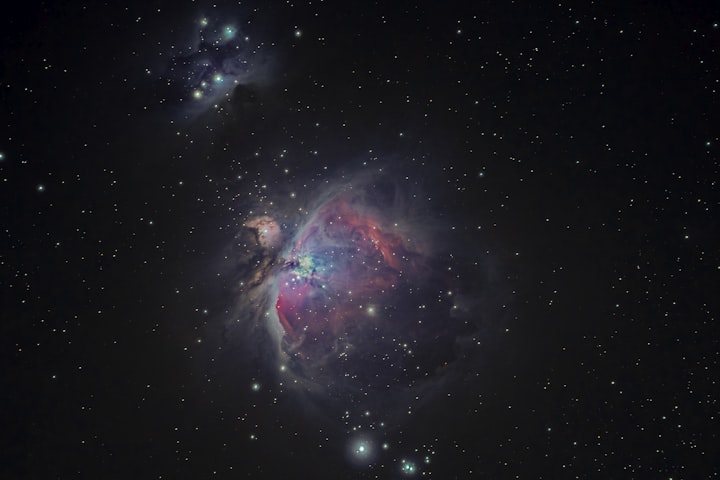AMAZING FACTS ABOUT OUR WORLD
DID YOU KNOW OF THE HIGGINS BOSONS PARTICLE

The past ten years have been an incredibly fruitful period for scientific discovery. Researchers from all fields have tested theories, gathered evidence, and explored new frontiers that have revolutionized our understanding of not only our planet, but the entire universe. This decade marked a turning point in our efforts to tackle some of the most pressing challenges facing humanity, and we have made significant strides in our knowledge of some of the most destructive objects in existence.
One such object is Pluto. Despite being stripped of its planetary status in 2006, the launch of the New Horizons spacecraft that same year opened up new avenues for studying this dwarf planet. In July 2015, the probe finally reached its destination and transmitted astonishing images and data back to Earth. Instead of a barren, frozen rock, Pluto was found to be teeming with activity, boasting moving glaciers, floating ice mountains, and a massive frozen sea made of solid nitrogen. The constantly shifting ice creates a surface structure that defies expectations and has expanded our understanding of the mysterious dwarf planets at the edge of our solar system.
Another major breakthrough of the past decade was the discovery of the Higgs boson particle, also known as the "god particle." After decades of theorizing and the construction of the world's largest machine, the Large Hadron Collider in Switzerland, this elusive particle was finally detected in 2012. The Higgs boson is a crucial piece of the subatomic world that explains why objects have mass. Its discovery confirmed the last unknown part of the standard model of physics and opened up new avenues for investigating even stranger phenomena.
Finally, the Kepler probe launched in 2009 has revolutionized our understanding of exoplanets - planets that orbit stars outside our solar system. By measuring fluctuations in star brightness, Kepler has discovered over 4,055 exoplanets, including some that may be habitable. This explosion of knowledge has led us to believe that our own solar system is far from unique, and has sparked new excitement for what else we may discover in the vast expanse of the universe.
THE CHANGING CLIMATE OF OUR PLANET:
The Earth's climate has undergone significant changes throughout its history, with periods of extreme heat and cold. However, what sets the current changes apart is that they are largely due to human behavior. This became increasingly evident over the past decade as we began to understand the extent to which our actions are affecting the planet. In just one year, 400 billion tons of ice were lost from Greenland, and over 252 billion tons were lost from Antarctica annually throughout the decade. This is almost six times the amount lost 30 years earlier, and at this rate, sea levels are expected to rise by three feet by 2100, directly impacting the homes and lives of at least 630 million people. However, the consequences of climate change extend far beyond this, with 40% of all amphibian species, over 33% of marine mammals, and 10% of insect species now endangered due to human activity. While the last decade was a time of realization, let us hope that the next decade brings solutions.
THE MYSTERIOUS WORLD OF BLACK HOLES:
Black holes have long been a subject of fascination due to their mysterious nature. However, thanks to dedicated research efforts, we have uncovered far more about these phenomena than ever before. Black holes are typically formed by large stars at the end of their lives, creating an unbelievably dense structure due to the collapse of all material onto itself. Their intense gravity causes unusual things to happen, such as the detection of two black holes colliding in 2016, which confirmed Einstein's prediction made in 1916 about gravitational waves. However, the biggest revelation of the past decade was the first-ever image captured of a single arity by a team working with the event horizon telescope. This massive black hole lies at the center of the Messier 87 galaxy, 54 million light-years away from us, with a mass equivalent to 6.5 billion of our suns. Black holes are thought to be at the center of every galaxy, with their gravitational poles responsible for the large structures of orbiting stars. The past decade has been a time of incredible scientific discovery, and we eagerly anticipate what lies ahead. Thank you for reading.
About the Creator
Merab Obasi
FACTS!!! I've always been thrilled by those. I am someone who loves writing about facts, I have loved my informative nature and I pride myself on the ability to give such information in a brief and interesting variety of ways.





Comments
There are no comments for this story
Be the first to respond and start the conversation.